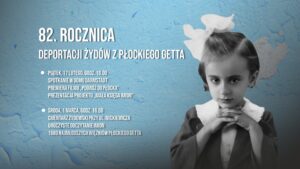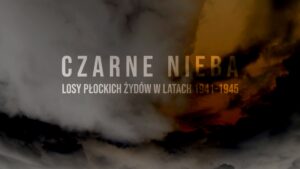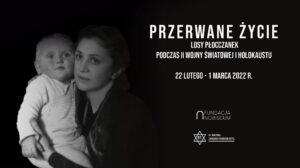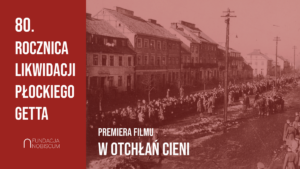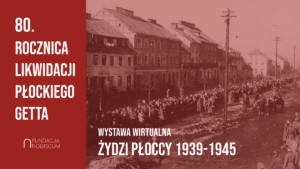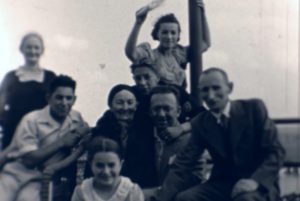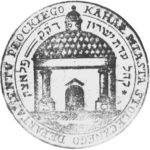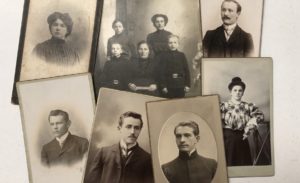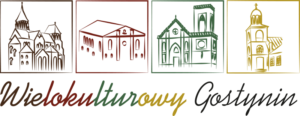Alfred Jesion
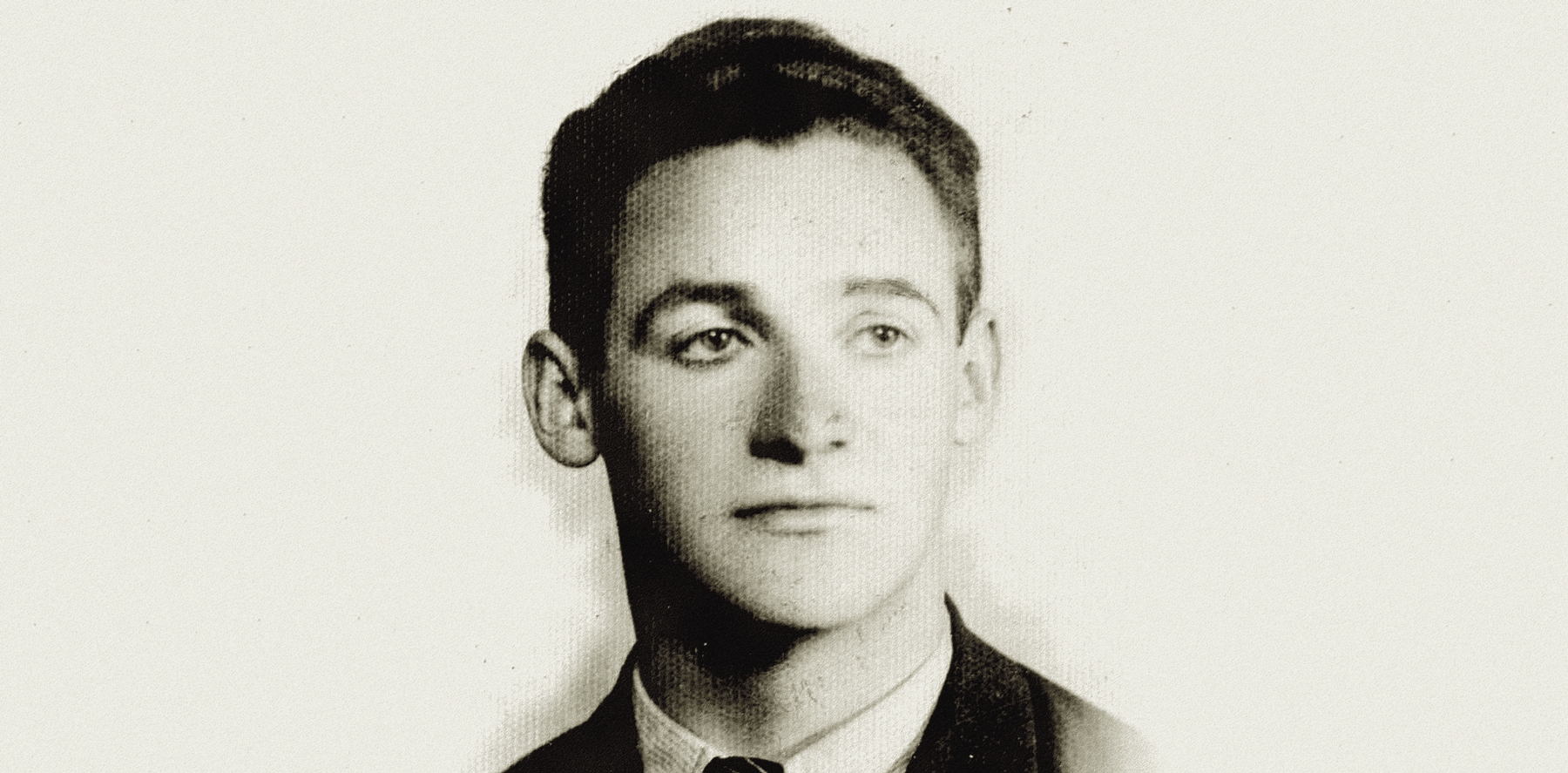
Alfred Jesion was born in Płock on January 4, 1919 as the son of the sculptor Hersz Lejzor (Herman) (1886-1933) and Chawa nee Szechtman. The Jesion family lived in a tenement house at 4 Nowy Rynek (New Market Square).
Alfred Jesion was interested in sculpture since his early childhood – at the age of six, he made his first work “Łucznik” (“Archer”), according to Wyspiański’s drawing. He graduated from the Władysław Jagiełło Junior High School, he was a student of Płock artists Fiszel Zylberberg and Czesław Idźkiewicz. He exhibited his works for the first time in 1936 at an exhibition organized by the Płock Artistic Club. Before the outbreak of World War II, there were about 20 sculptural works in his workshop and several sculptures, mostly portraits of people well-known in Płock, among others doctor Ignacy Feinberg. All his works from this period were destroyed by the Germans. During World War II he stayed in the East. He served in the Battalions of Work, then he was a soldier of the First Polish Army. After the war, he studied at the Academy of Fine Arts in Warsaw. In 1948, as a student, he won the first prize in a contest for creating a bust of General Jarosław Dąbrowski. In 1950, he was awarded for the composition “Ludwik Waryński”. In the same year, the authorities of the Academy of Fine Arts entrusted him with the position of lecturer of sculpture. In 1952 he was appointed an assistant professor and then an associate professor and was elected dean of the faculty. In 1964 he was appointed chairman of the sculpture cathedral of the Academy of Fine Arts and in the same year he was again elected dean of the faculty. In 1969, Alfred Jesion emigrated to Sweden, where he lectured at the Academy of Fine Arts in Stockholm.
In 1985 he retired. He passed away in 1997.
The most important works of Alfred Jesion include the figurative composition of Ludwik Waryński and the design of the monument to Janusz Korczak. His works also include the busts of General Jarosław Dąbrowski, Władysław Broniewski, Fryderyk Chopin, Czesław Idźkiewicz, the head of Julian Tuwim and Stanisław Jerzy Lec. In 1967, Ash made a reconstruction of the monument destroyed by the Germans in Warsaw, sculpted by Edward Wittig. After his emigration, he introduced the subject of the Holocaust to his sculpture. He dedicated to the Holocaust his sculptural series “Wypalone pnie” (“Burned trunks”) and “Paleni” (“The Burned”).
Kazimierz Askanas, summarizing the work of Alfred Jesion in his book “Sztuka Płocka” (“Art of Płock”), notes: “Jesion feels the material of his sculptures in such a convincing way that it seems that the material […] participates in shaping the idea. This gives the artist unquestionable satisfaction and this probably explains the great variety of sculptural material in the works of Jesion – from ceramic clay, burnt wood, granite and bronze. In each of these materials, a deep sense of the structure and artistic possibilities of the selected material and the high sculptural technique of Jesion are clearly visible […] Alfred Jesion’s works strike with the richness and boldness of the creative concept and the great power of artistic expression. This is particularly visible in the artist’s last sculptures, especially in connection with his deep emotional attitude to the Holocaust, whose unreal representations reflect the depth of his experiences.”
The works of Alfred Jesion can be found in the collections of many cultural institutions, including the Emanuel Ringelblum Jewish Historical Institute in Warsaw.
Abstract works of Alfred Jesion in the Central Judaica Database: link
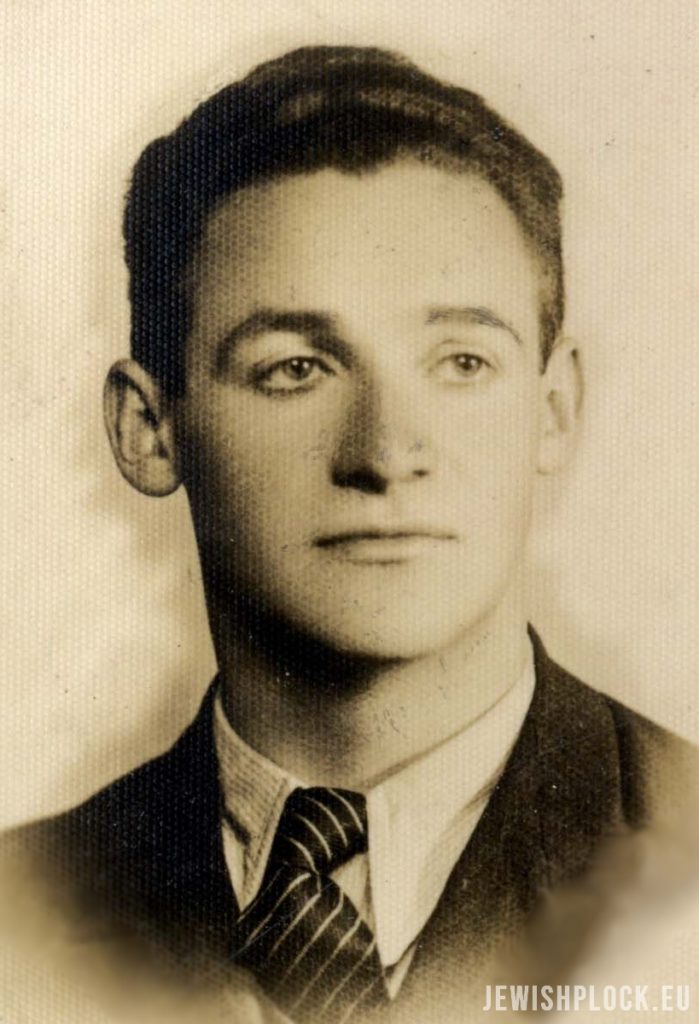
Bibliography:
K. Askanas, Sztuka Płocka, Płock 1991
G. Nowak, Żydzi płoccy. Album pamięci, Płock 2015

